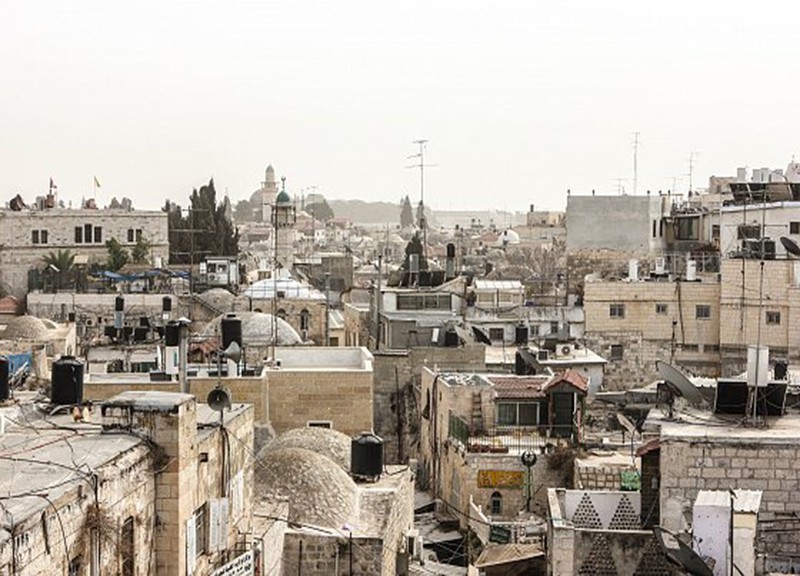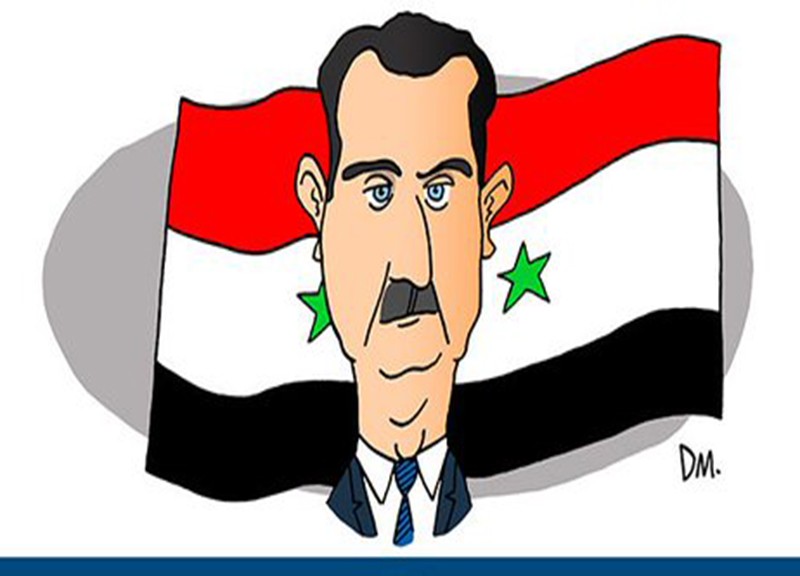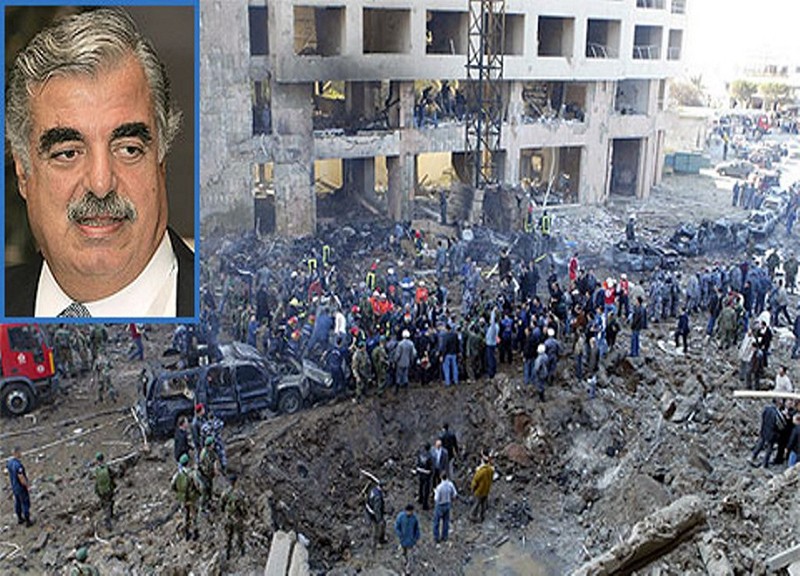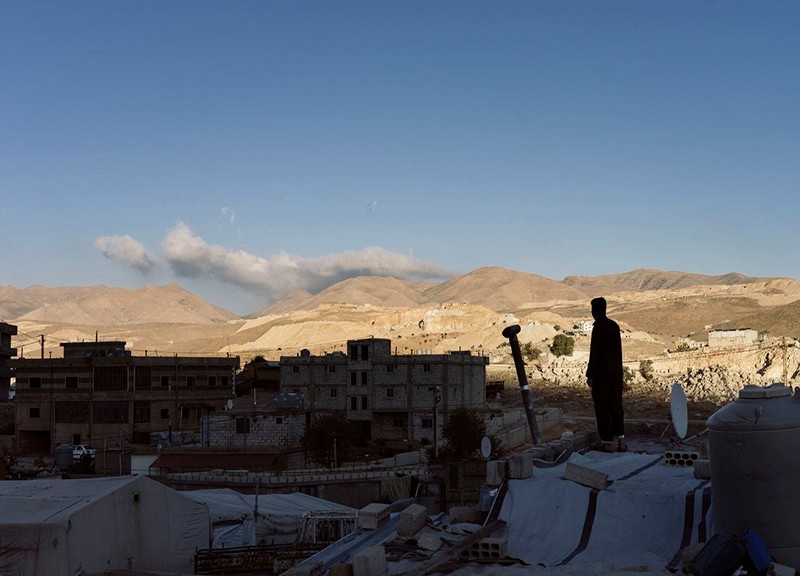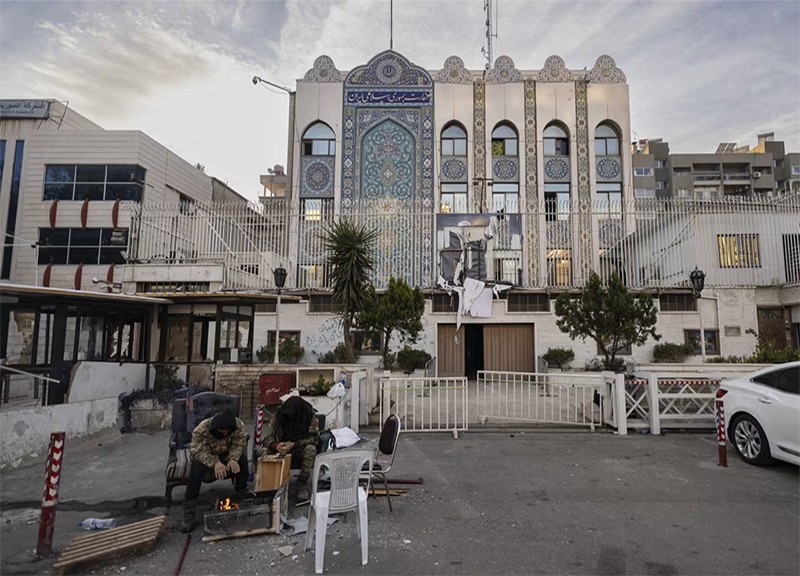
Thousands of Iranian military personnel and militia allies fled after Assad’s fall, leaving behind weapons and equipment
By Lara Seligman, Jared Malsin, Benoit Faucon and Summer Said. WSJ.
Iranian forces largely have withdrawn from Syria following the Assad regime's December collapse, according to U.S., European and Arab officials, in a significant blow to Tehran's strategy for projecting power in the Middle East.
The Iranian withdrawal marks the demise of a years long effort in which Tehran used Syria as a hub in its broader regional strategy of partnering with regimes and allied militias to spread influence and wage proxy war against the U.S. and Israel. Members of Iran's elite Quds Force have fled to Iran and the militia groups have disbanded, said a senior U.S. official.
The Islamic Republic spent billions of dollars and sent thousands of military personnel and allied fighters to Syria after the Arab Spring uprising in 2011, to prop up the regime of Bashar al- Assad. Syria was Iran's main state ally in the Middle East and a critical land bridge to Hezbollah - the most powerful militia in Tehran's self-labeled "axis of resistance" alliance.
Iran, reeling from Israeli air strikes on its assets and regional partners, began withdrawing personnel during the 11-day collapse of the Assad regime's military late last year. When rebels in Syria launched an offensive in November, Tehran was frus trated with Assad, who had remained on the sidelines over the prior year during Tehran's multifront conflict with Israel.
Iran's network in Syria once spanned the length of the country, from the east where the Islamic Revolutionary Guard Corps helped transport weapons and fighters into the country, to Syria's border with Lebanon, where it helped arm Hezbollah.
As the Assad regime collapsed, thousands of Iran-backed militia fighters were still in the country, mainly in eastern Syria. Most of those Syria fled to al-Qaim, a border town on the Iraqi side, said Western and Arab officials.
Iraq's Embassy in Washington and its foreign ministry didn't return a request for comment. The Iranian mission at the United Nations in New York declined to comment.
Asked if the Iranians were completely out of Syria, the State Department's top Middle East official, Barbara Leaf, said Monday, "Pretty much." In the days after Assad's ouster, the road from Damascus to Beirut was littered with destroyed military vehicles.
Most of the vehicles were pointed in the direction of the Lebanese border, suggesting a hasty attempt to pull military hardware from the country.
The swift withdrawal marks a reshaping of order in the Middle East. The shift to the new fledgling government in Damascus, led by the Sunni Islamist group Hayat Tahrir al-Sham, has undercut the influence of Assad's primary backers, Russia and Shiite-led Iran.
For Iran, Syria was among its most important strategic assets, allowing it to move personnel and weapons to Hezbollah in Lebanon and position forces near its arch-adversary Israel. The Assad regime's collapse severely undermines Tehran's ability to rebuild both Hezbollah in Lebanon and Hamas in Gaza, which have been battered by Israel.
Syria's new government, whose leaders have fought a long war against the Iranian-backed regime in Damascus, plans to try to keep Tehran from rebuilding its military presence in Syria. U.S. officials believe Iran will try to re-establish the land bridge, but that may be untenable, at least in the short term.







